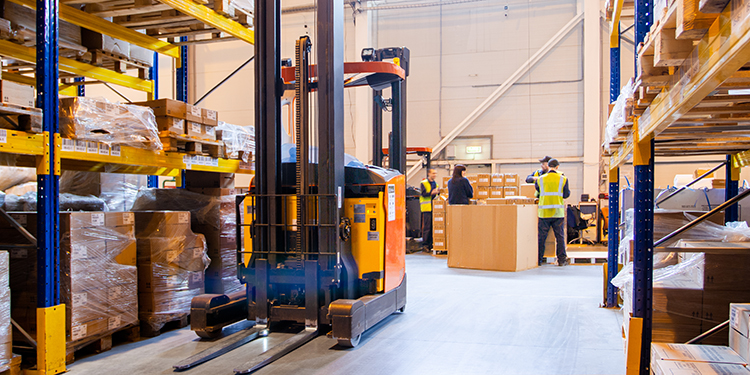In many cases, rack collapses occur because of unsafe mixing and matching of incompatible racking components from different manufacturers. This is also known as “intermembering” a rack structure. If a rack column or beam experiences damage, an owner might erroneously believe that any other upright or beam that appears similar in construction can replace it. This risky practice can lead to connecting incompatible members that can potentially fail, causing the rack system to collapse.
Racking Components from Different Manufacturers Are Not the Same
Although pallet rack columns and beams from different manufacturers may appear similar, they are not. Different manufacturers use different production techniques, steel gauges, connectors, bracing, trusses and beam locking devices in designing their products. All RMI members test their beam, column, and other connections to work as a unified system. Further, nearly every rack installation has been engineered specifically for a unique storage application and job site condition.
RMI’s ANSI MH16.1: Design, Testing and Utilization of Industrial Steel Storage Racks, calls for the repair or restoration of a damaged portion of rack to at least its original design capacity. It also advises certification of the repair by a licensed professional engineer. Further, RMI’s Guideline for the Repair/Replacement of Damaged Rack notes:
When original or updated engineering documentation is available, replacement of damaged components with identical parts from the original manufacturer is an approved method to address the damaged rack, as long as the rack system still meets appropriate capacity requirements. It is important to not interchange uprights, beams or other components that look “similar” to each other.
Avoid Intermembering Rack
RMI member companies perform extensive testing to ensure that their beam to column connections are safe and meet all code requirements. This testing applies only to their own products. It is rendered invalid when intermembering with other manufacturers. An exception is if the supervising engineer or manufacturer specifically tests and validates the components.
The best (and safest) practice for repairing or replacing a damaged beam or column—and to ensure that the repair is compliant with all building codes—is to return to the original manufacturer. That ensures full confidence that the replacement components will work together safely and match your installation’s unique design and load capacity.
Looking for more guidance on the safest way to modify your existing pallet rack? Download RMI’s Guideline for the Repair/Replacement of Damaged Rack.




